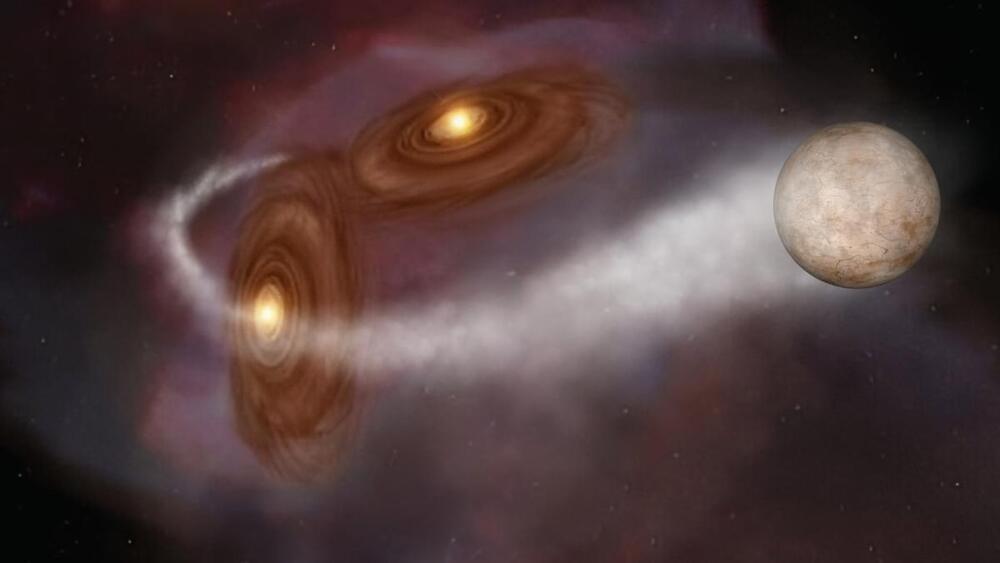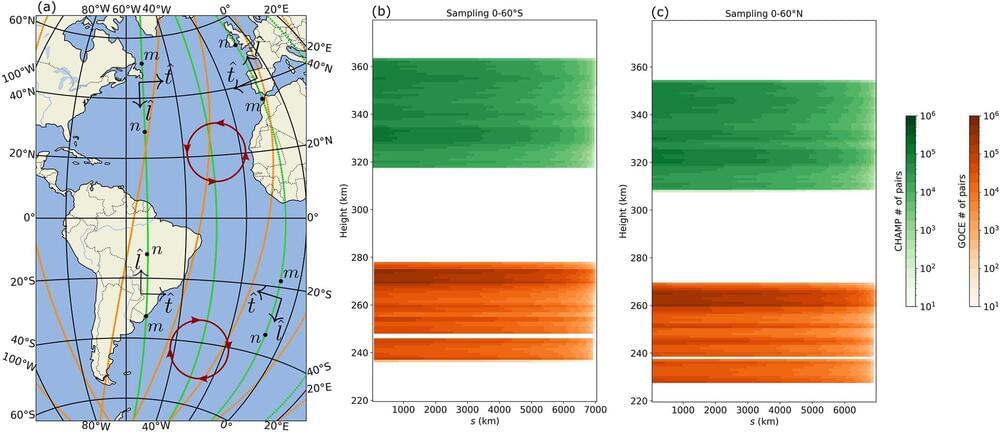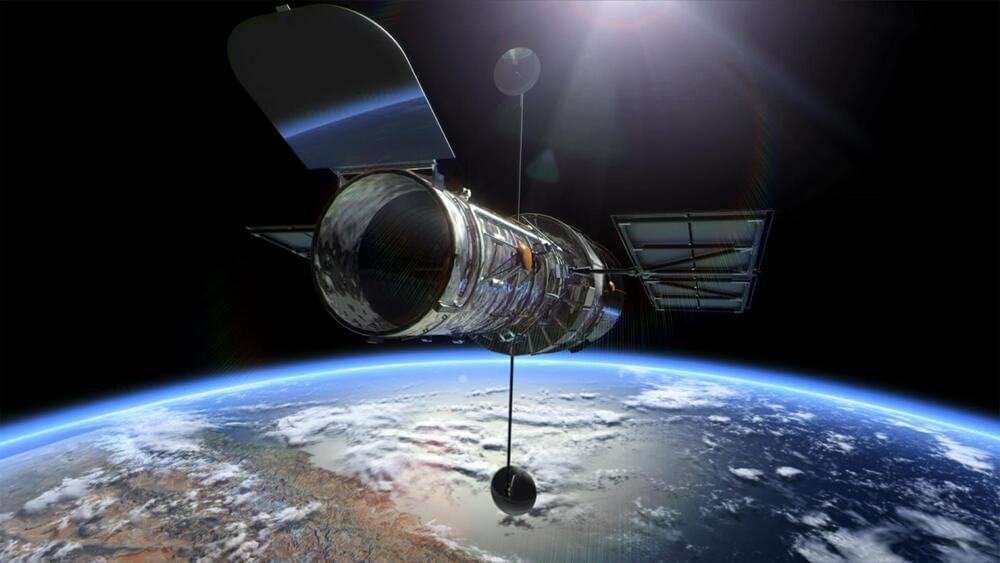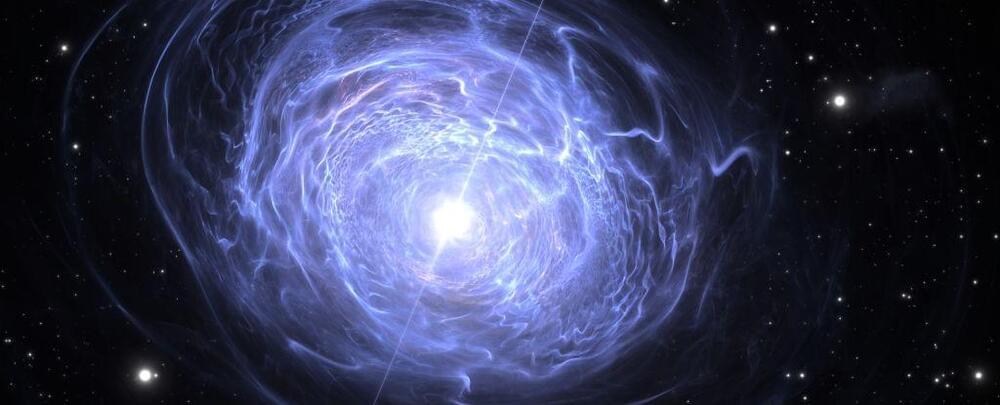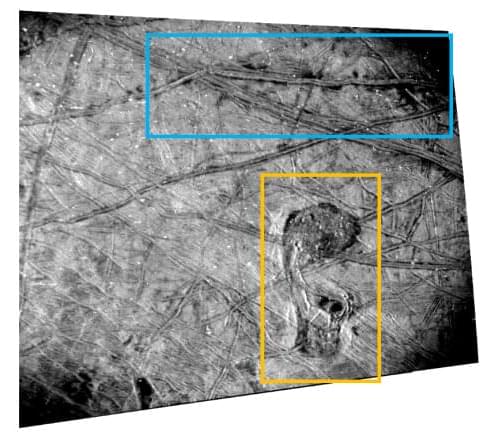Chen explained that the team is currently looking for other mechanisms that could also produce rogue planets. This includes the possibility that other stars could fly by planetary systems and cause a gravitational disturbance that leads to a planet being exiled. This could be a rather efficient way to produce rogue planets, whether from around a single star or from a binary system.
Chen is unlikely to give up his investigation into rogue planets. This means the Taiwanese astronomer’s efforts could help to bring these cosmic orphans unbound from their stars “in from the cold” — at least figuratively.
“I like planets! When I was 8 years old, I decided to become an astronomer and studied the nine planets in our solar system before Mike Brown changed that by reclassifying Pluto,” Chen joked. “However, nowadays, more than 10,000 exoplanets have been found, displaying unexpected characteristics for us to study. Rogue planets are not alone; we should not let them be orphans but consider them members of our planetary family.”
